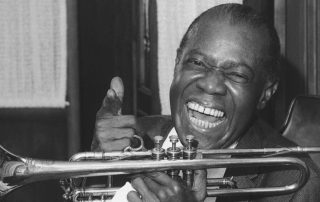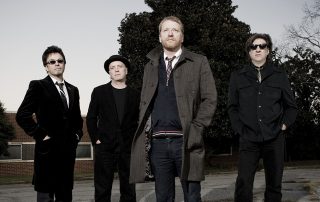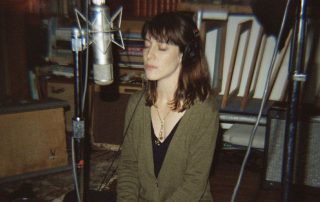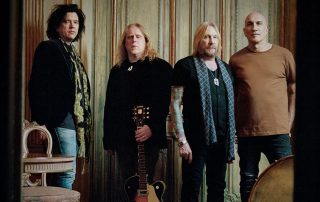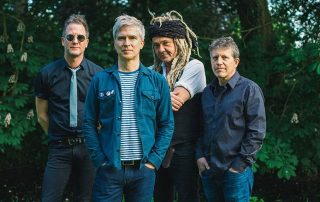Decade of Difference: Louis Armstrong
Louis Armstrong was born in New Orleans in 1901 in a neighborhood so dangerous that it earned the nickname “the battlefield.” He dropped out of school in the fifth grade to work and earned enough to purchase his first cornet. At twelve, he was arrested and sent to the Colored Waif’s Home for Boys, where he stayed for eighteen months. He mastered the cornet there, becoming the leader of the Waif’s Home Brass Band. On his release, he set his sights on being a professional musician.
Joe “King” Oliver, the city’s top cornetist, mentored Armstrong and he was soon an in-demand musician playing in the city and on riverboats. In 1922, Oliver sent for Armstrong to join his band, and the two-cornet sound set King Oliver’s Creole Band apart.
After moving on to New York, Armstrong and His Hot Five and Hot Seven bands began to establish him as a name performer. Armstrong did his first European tour in 1932 and really from that point on never stopped public performances until his death in 1971.
In 1949, Louis Armstrong returned to New Orleans to reign as King Zulu in the Mardi Gras parade. He had during the previous week become the first African American to make the cover of TIME magazine and he told TIME’s reporter that, “There’s a thing I’ve dreamed of all my life and I’ll be damned if it don’t look like it’s about to come true—to be King of the Zulus’ parade. After that, I’ll be ready to die.”
Armstrong’s float reportedly broke down before the end of the parade, and when he abandoned it for a limo, it took the crowd about 10 minutes to strip for souvenirs.
Satchmo’s long career spanned more than 50 years and includes induction into the Grammy and Rock and Roll Halls of Fame. With his winning personality, Armstrong reigned as an ambassador of jazz throughout his performing days. The many years on the road impacted his health, suffering a heart attack in 1959, then heart and kidney problems in the late ’60s. Despite doctor’s orders to stop playing, he continued to practice everyday and returned to public performances in 1970, before passing in ’71.


